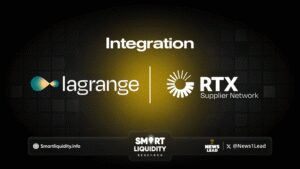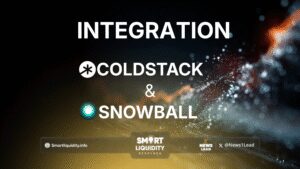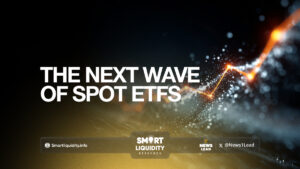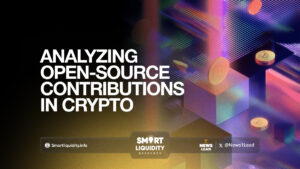Ethereum’s 2025 Rollup-Centric Roadmap
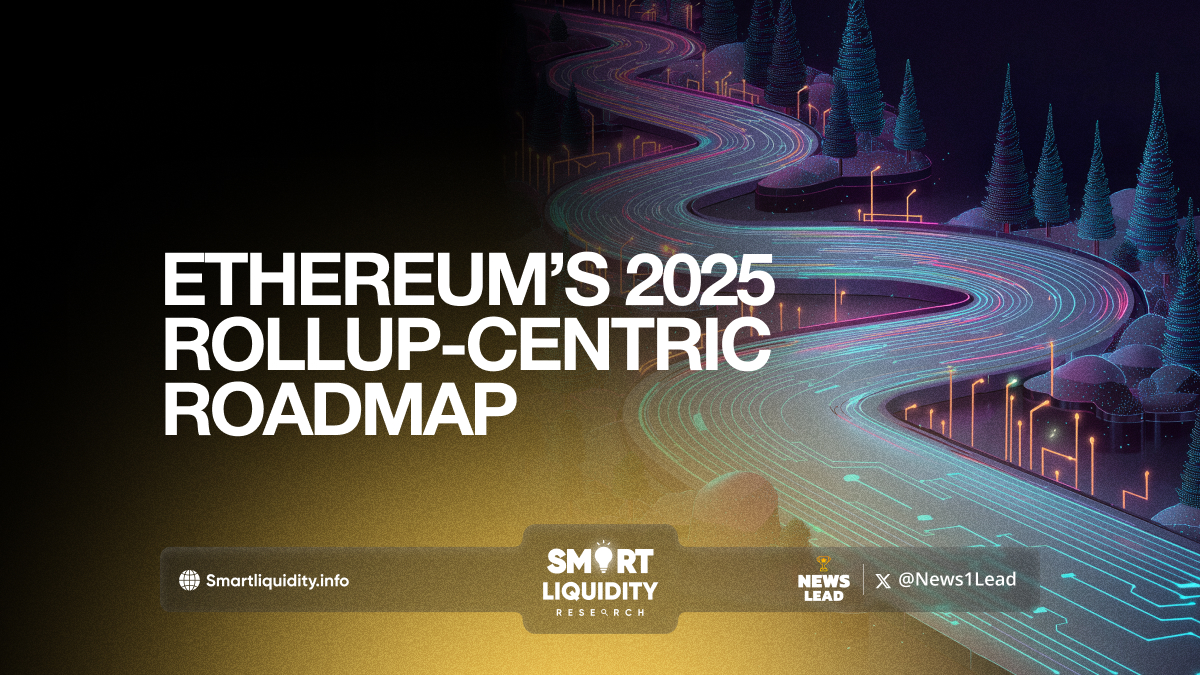

Ethereum’s 2025 roadmap marks a major shift — not by changing its core, but by scaling through rollups and modular solutions. It focuses on being a secure, decentralized settlement layer, while rollups handle execution. This vision paves the way for a scalable, efficient, and modular internet of value.
The Rollup-Centric Vision: A Modular Ethereum
Ethereum’s roadmap took a decisive turn with Vitalik Buterin’s rollup-centric thesis. Rather than scaling by increasing block size or adding more base-layer complexity, Ethereum now scales by outsourcing computation and state execution to rollups, while handling settlement and consensus at the base layer.
This approach offers the best of both worlds:
- Security: Rollups inherit Ethereum’s L1 security via fraud proofs or validity proofs.
- Scalability: Rollups can process thousands of transactions per second.
- Decentralization: The base layer remains lightweight and manageable for validators.
In 2025, the Ethereum mainnet is no longer the execution workhorse — it’s the verifier, referee, and final judge for a vast layer-2 ecosystem.
Rollups Everywhere: zk vs Optimistic
Layer-2 solutions, once experimental, are now Ethereum’s primary scaling strategy in 2025. Two rollup types dominate:
Rollup Type | Mechanism | Speed | Finality | Examples |
Optimistic Rollups | Assume validity, prove fraud | Faster setup, slower withdrawal | ~7 days for finality | Optimism, Base, Arbitrum |
ZK-Rollups | Prove validity mathematically | Instant finality, higher dev complexity | Near-instant | zkSync, Scroll, Linea, Polygon zkEVM |
ZK-rollups are gaining ground fast in 2025 due to upgrades in prover efficiency and EVM compatibility. zkEVMs, once considered impractical, are now powering DeFi and gaming apps with near-instant confirmation and ultra-low fees.
Danksharding & Proto-Danksharding (EIP-4844): The Rollup Fuel
Execution isn’t the only challenge — data availability is the other half of the scaling equation.
In early 2024, Ethereum activated Proto-Danksharding (EIP-4844), introducing blobs — temporary, cheap data containers optimized for rollup use. This change significantly reduced L2 fees and signaled the start of a longer journey toward full Danksharding.
By 2025:
- Blobs are widely adopted by major rollups
- Rollups post hundreds of blobs daily, each containing compressed batches of transactions
- Ethereum’s block size dynamically adjusts to optimize blob usage
Danksharding — the full implementation — is expected to follow, introducing data availability sampling (DAS) and multi-blob support, unlocking 100,000+ TPS capacity across the Ethereum ecosystem.
Restaking & EigenLayer: Interoperable Security Layers
Security sharing is becoming a cornerstone of Ethereum’s rollup ecosystem. Enter EigenLayer — a protocol that allows ETH stakers to “re-stake” their assets to secure middleware services, rollups, oracles, and bridges.
In 2025:
- Dozens of services are secured via restaked ETH, reducing the cost of bootstrapping new infrastructure
- Rollups can now inherit Ethereum’s economic security without deploying their own validator sets
- Modular components like data availability layers, sequencers, and bridges are composable, decentralized, and Ethereum-aligned
This “security-as-a-service” approach enhances Ethereum’s network effects while expanding the range of supported L2s.
Rollup Interoperability: From Silos to Mesh
One challenge with rollups has been fragmentation. Different L2s mean separate bridges, user experiences, and liquidity silos. In 2025, we’re seeing an emerging trend of inter-rollup communication driven by:
- Shared sequencers
- Bridge standardization (e.g., ERC-7281)
- Cross-rollup messaging protocols like Succinct, Hyperlane, and zkBridge
Imagine a DeFi position on Arbitrum borrowing from a lending pool on zkSync and using collateral on Linea — seamlessly. This is the future Ethereum is heading toward: a rollup mesh, not a rollup zoo.
Developer & User Experience: Abstracted and Unified
Ethereum’s rollup-centric roadmap isn’t just technical — it’s about user abstraction and seamless onboarding. In 2025, expect:
- Account Abstraction (ERC-4337): Wallets behave like smart contracts with recovery options, batched transactions, and gas sponsorship.
- Unified UX: Users don’t need to know what chain they’re on — bridging, gas payments, and switching layers are abstracted away.
- Rollup Aggregators: Apps like Stackr, Orb Labs, and Connext route users to the best rollup based on latency, liquidity, and fees.
The result? Ethereum becomes more usable than ever, even as its architecture grows more modular and complex under the hood.
Ethereum as a Scalable Ecosystem, Not a Monolith
The 2025 rollup-centric roadmap is Ethereum’s bet on modularity, specialization, and shared security. It acknowledges the scalability trilemma, not by trying to solve it all in one place, but by orchestrating a symphony of components — base layer, rollups, data availability layers, restaking protocols, and cross-chain messaging systems.
Ethereum is no longer just a single chain — it’s becoming an ecosystem of sovereign yet interoperable domains, each contributing to a secure, scalable, and open decentralized internet.
As the vision materializes, developers, users, and projects must shift their mindset from “deploying on Ethereum” to “deploying in the Ethereum universe.”
